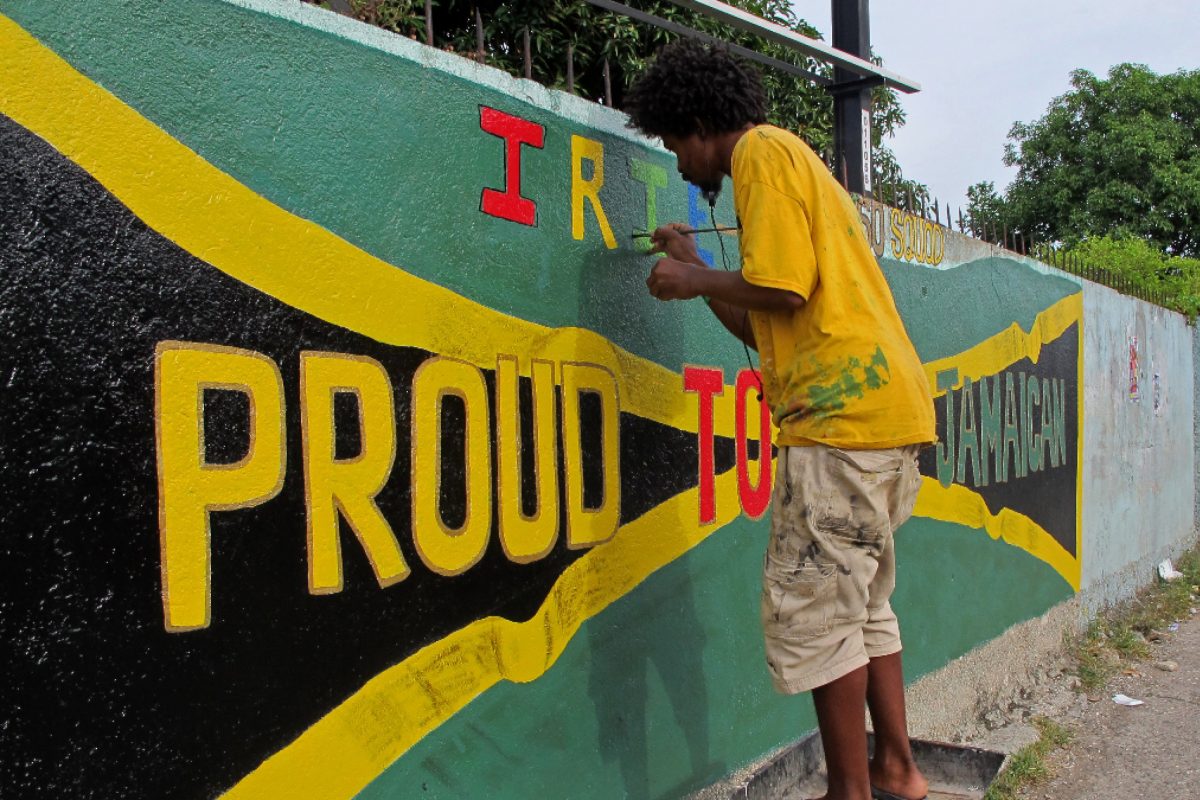Respectability And Appeal Politics In Jamaican Reggae And Dancehall Music

Reggae and Dancehall are cut from the same cloth. Indeed there are those who are less familiar with the story of their birth, those who believe they are one and the same. In some ways, there is evidence to support this misconception from afar. But through closer inspection, the distinction can easily be made between these two dominant genres of Jamaican music. Dancehall itself is more technically, an offspring of Reggae music, in much the same way Reggae is the offspring of Rocksteady. Jamaican music has always progressed in a generational manner, where old genres beget new ones.
This evolutionary drive has always propelled the core of our sonic and storytelling vehicles. But what is the end result of a steadfast musical DNA like that present in Jamaican music? Is the intention and the end result the same in this particular case? And perhaps most importantly, what does it mean that a country’s music is consistently relevant and appealing to its people?
Reggae music is known for its heavy baseline, congo drums, and the iconic yet odd staccato present in its rhythm guitar and or keys. Dancehall, in contrast, has a more lively rhythm and a wider sonic range. It became the unruly child of Reggae music, that refused to censor the Jamaican experience in favor of a more airplay friendly, inauthentic version. Dancehall dared to do and say all the ephemeral things that Reggae, in its seasoned, timely majesty, didn’t need to say. When Reggae was born, there was never any context(read necessity) for the explicit nature of contemporary Dancehall music.
Reggae was exactly what the people needed at the time of its conception. Jamaica had just freshly gained its independence, and there was pressure to appear dignified in our liberation. Reggae was responsible for conveying the injustices of slavery and the frustrations of a post-colonial life. It was born into that responsibility, and so it developed early, the spiritual maturity needed to understand and appreciate the concept of duty.
Dancehall’s birth was a response to the festering wounds of slavery, the rising indignation, and the general failure of young Jamaicans to fully appreciate the concept of freedom and national independence, having never been enslaved themselves. Still, the after-effects of slavery in a post-colonial Jamaica was undeniable, and Dancehall has always displayed a special awareness of this. Yet, in most cases, it chooses to address the inequity or oppression through a performative drama, with the aim of reclaiming the power that has been taken.
The context for each genre helped to define their core philosophies, and so naturally, they both have different types of appeal as a result. Reggae music, as the older, more seasoned genre, is seen as more market-friendly, citing reasons such as its use of standard English and Dancehall’s lack thereof. Dancehall is then seen as a more localized genre that loses more international appeal and respect with every Throat or Bawl Out type single spawned by the genre’s colorful pantheon of artists.
Despite this constant criticism, Dancehall refuses to become something it’s not. It persists because perhaps being localized is enough. Perhaps giving a voice to the censored is its true purpose.
It does raise the question; is it possible to radically embody freedom the way Dancehall does, and still be respectable or have appeal in non-local markets? The fact that both Dancehall and Reggae speak to different aspects of the prior equation may be an indication that these aspects don’t go together. Though Reggae and Dancehall are cut from the same cloth, they were born into different eras, each with a different purpose.
